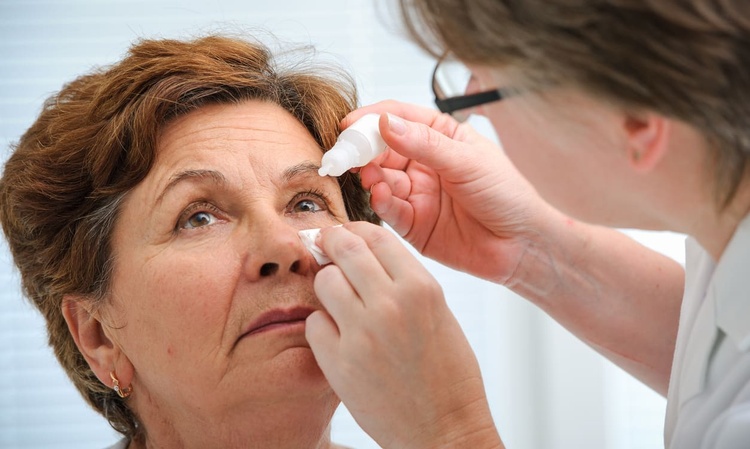Migraine Treatment: Managing Headache, Vision, and Eye Health
Migraine is a common neurological condition that causes recurring headache episodes often accompanied by nausea, sensitivity to light or sound, and visual disturbances. People can experience a wide range of severity and symptom patterns, from short-lived aura with flickering lights to prolonged, disabling attacks. Treatment aims to reduce pain during attacks, prevent future episodes, and address associated eye or vision symptoms when present. An individualized plan typically combines medications, lifestyle adjustments, and symptom-specific strategies to protect overall health and daily functioning.

This article is for informational purposes only and should not be considered medical advice. Please consult a qualified healthcare professional for personalized guidance and treatment.
What causes migraine and how does it differ from a headache?
Migraine involves complex brain processes, including changes in nerve activity and blood vessel function, that produce characteristic pain and neurological symptoms. Unlike a typical tension-type headache, a migraine attack often causes throbbing or pulsing pain on one side, is worsened by movement, and is accompanied by nausea or sensory sensitivities. Triggers vary and can include stress, sleep changes, certain foods, hormonal fluctuations, sensory stimuli, and environmental factors. Understanding personal triggers and attack patterns helps guide both acute treatment and long-term prevention.
How do migraine attacks affect vision and eye symptoms?
Visual symptoms are common with migraine and range from brief aura — shimmering lights, zigzag lines, or blind spots — to transient vision loss or persistent visual snow in some cases. Eye-related discomfort can include light sensitivity (photophobia), eye strain, or blurred vision during or after an attack. These visual phenomena usually resolve on their own but should be assessed when new, unusually severe, or prolonged. An eye exam can rule out primary ocular causes, while neurologic evaluation helps distinguish migraine aura from other vision-threatening conditions.
What medical treatments are available for migraine?
Acute treatments aim to stop or reduce pain during an attack. Over-the-counter options include NSAIDs and acetaminophen for mild episodes. For moderate to severe migraine, prescription medications such as triptans and antiemetics are commonly used. Newer classes include gepants and ditans for acute relief in patients who cannot take triptans. Preventive (prophylactic) medications — including certain beta-blockers, anticonvulsants, antidepressants, and monoclonal antibodies targeting calcitonin gene-related peptide (CGRP) — may be recommended when attacks are frequent or disabling. Treatment choice depends on medical history, tolerance, and coexisting conditions.
What lifestyle steps help prevent headache and migraine?
Nonpharmacologic strategies are foundational to managing migraine and overall health. Regular sleep patterns, consistent meals, adequate hydration, and moderate exercise can reduce attack frequency. Identifying and avoiding individual triggers (for example, caffeine fluctuations or certain foods) supports prevention. Stress-management techniques such as cognitive behavioral therapy, relaxation training, and biofeedback have evidence for reducing migraine burden. Complementary therapies like acupuncture or physical therapy may benefit some people. Maintaining good eye health — regular eye exams, appropriate corrective lenses, and limiting prolonged screen glare — can reduce eye strain that may aggravate headaches.
When to seek care for eye or vision changes with migraine?
Seek prompt medical evaluation if you experience sudden, severe vision loss, new or persistent visual disturbance lasting longer than a typical aura (more than about an hour), slurred speech, weakness, numbness, fainting, or symptoms suggesting stroke. Also consult a healthcare provider if migraine symptoms markedly change in pattern, become resistant to usual treatments, or begin at an unusually advanced age. An ophthalmologist or neurologist can evaluate for ocular disease, retinal issues, or neurologic causes. Emergency services are appropriate for sudden, severe neurologic or visual changes.
Conclusion
Migraine treatment is individualized and may combine acute medications, preventive therapies, lifestyle adjustments, and targeted care for eye or vision symptoms. Progress often requires tracking triggers, coordinating care between primary care, neurology, and eye specialists, and reassessing strategies over time. With appropriate evaluation and a tailored plan, many people can reduce attack frequency and improve daily function while protecting long-term eye and neurological health.






